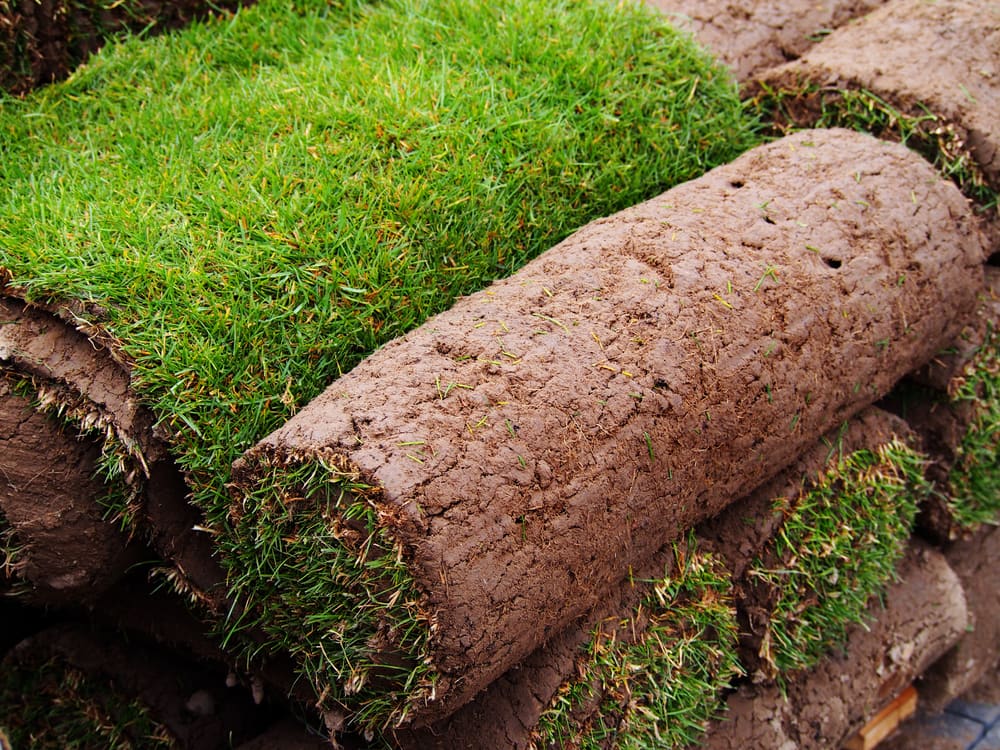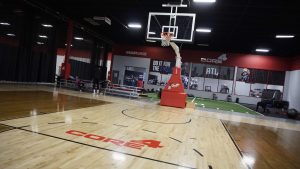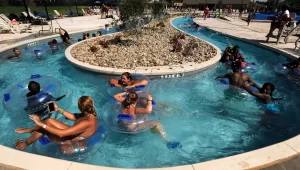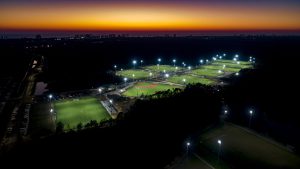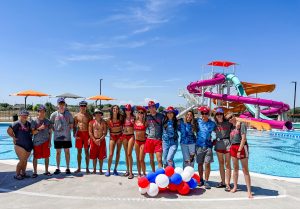Which Field Surface is Best For Your Sports Complex Design?
Natural grass or synthetic turf has been one of the most argued aspects of sports complex design in the past few decades. The reality of the situation is that both surfaces have their benefits and their negatives. Today, the Sports Facilities Management blog would like to discuss the different options available to you, what surface may match your sports complex design goals better, and what problems each surface may pose.
Synthetic Turf vs. Grass
To compare the two surfaces we will compare the performance of each in maintenance, athlete injury risk, performance, and costs. By exploring benefits and drawbacks of each you can make a more informed decision on the surface that is best for your sports complex design.
Maintenance
In the short term, synthetic turf tends to require less day to day maintenance. Grass is going to require regular mowing, water, fertilizer which can add up to your monthly bottom line. Synthetic turf is not without its own maintenance, however. You are required to replace lost infill (the rubber or silicon bits within the turf). You also will need to clean and disinfect your synthetic turf as well as remove organic material from time to time. That said, synthetic turf generally requires these tasks much less frequently than grass and should be factored into your sports complex design.
Athlete Injury Risk
Certain studies found higher ankle and ACL injuries for athletes that played on synthetic turf. This is a bit of a controversial topic, however, as some studies disagree on the increased injury risk of synthetic turf. Much of the reputation of injury risk from synthetic turf is a holdover from the introduction of astroturf in the 80’s and 90’s. Synthetic turf has made significant strides in technology in the last few decades and does mimic grass more realistically than astroturf. Proponents of grass surfaces argue that synthetic turf lacks the ability to “pull away” when a cleat is caught in the surface which leads to increased ankle and leg injuries. However, if safety is your number one priority, grass may be the safer surface for your sports complex design.
Cost
Proponents of synthetic turf point to its long-term reduced cost as one of the primary benefits over natural grass. Many studies actually find costs may be closer than first thought. The installation cost of synthetic turf is much higher than natural grass combined with the fact that it needs to be replaced every 8 to 10 years. The total costs of the two surfaces may be closer than expected in the long run.
Learn More About Sports Complex Design
If you are planning a new sports facility Sports Facilities Management has the design and management experience to make your venture a success. Call us at 727.474.4476 and learn more about sports complex design, staff management, and funding methods from our expert representatives.

